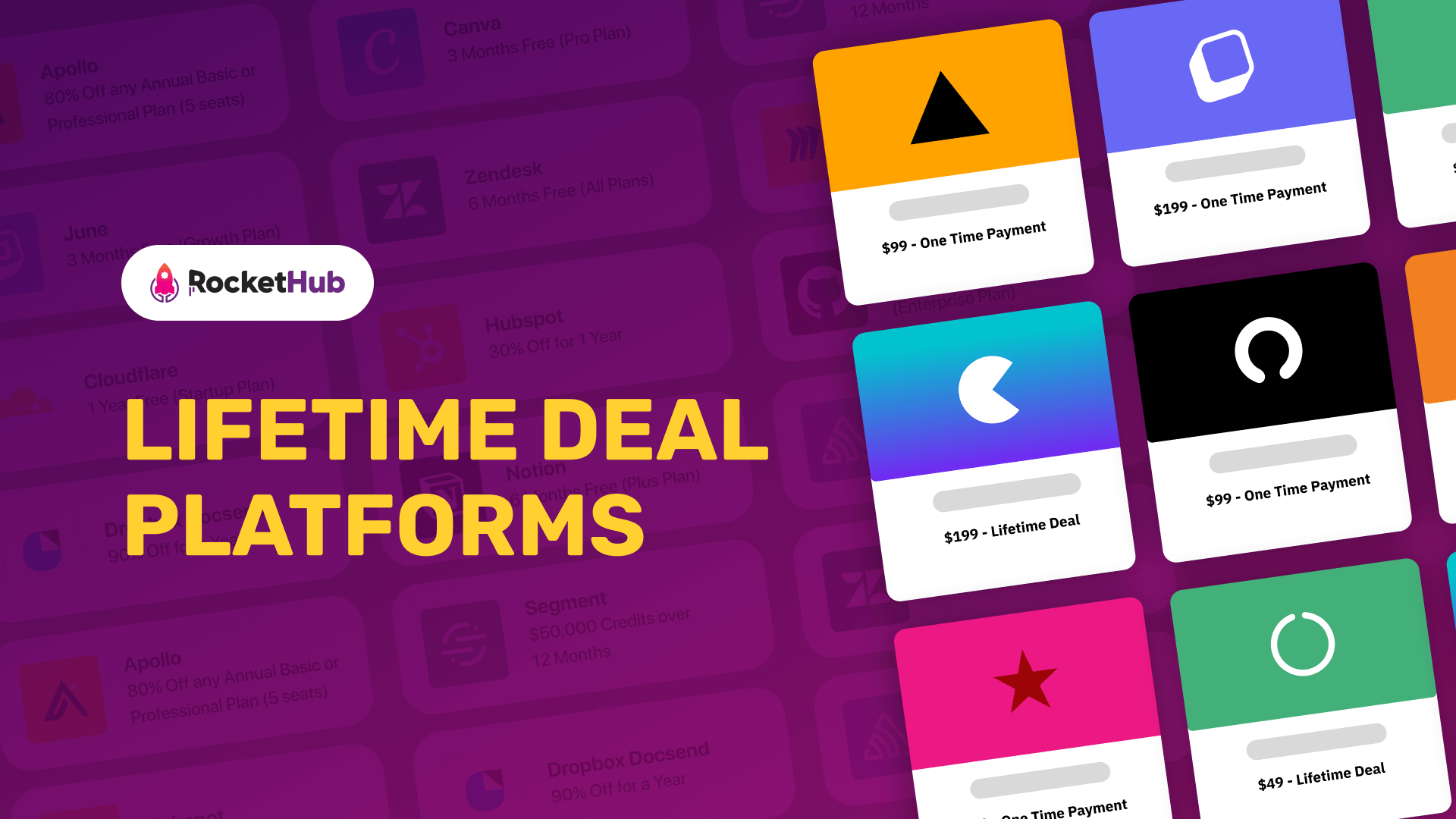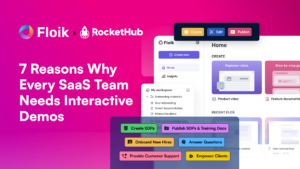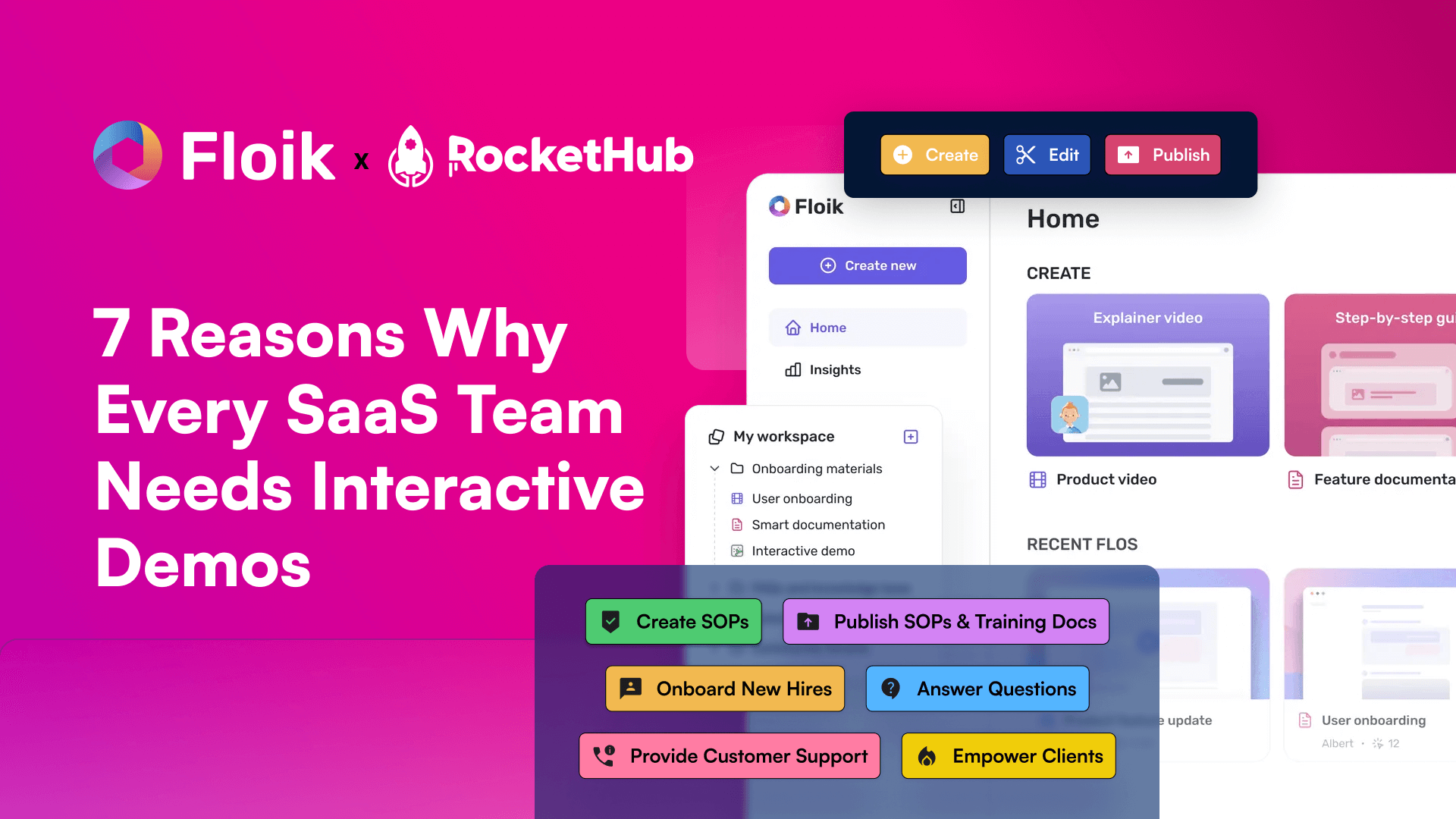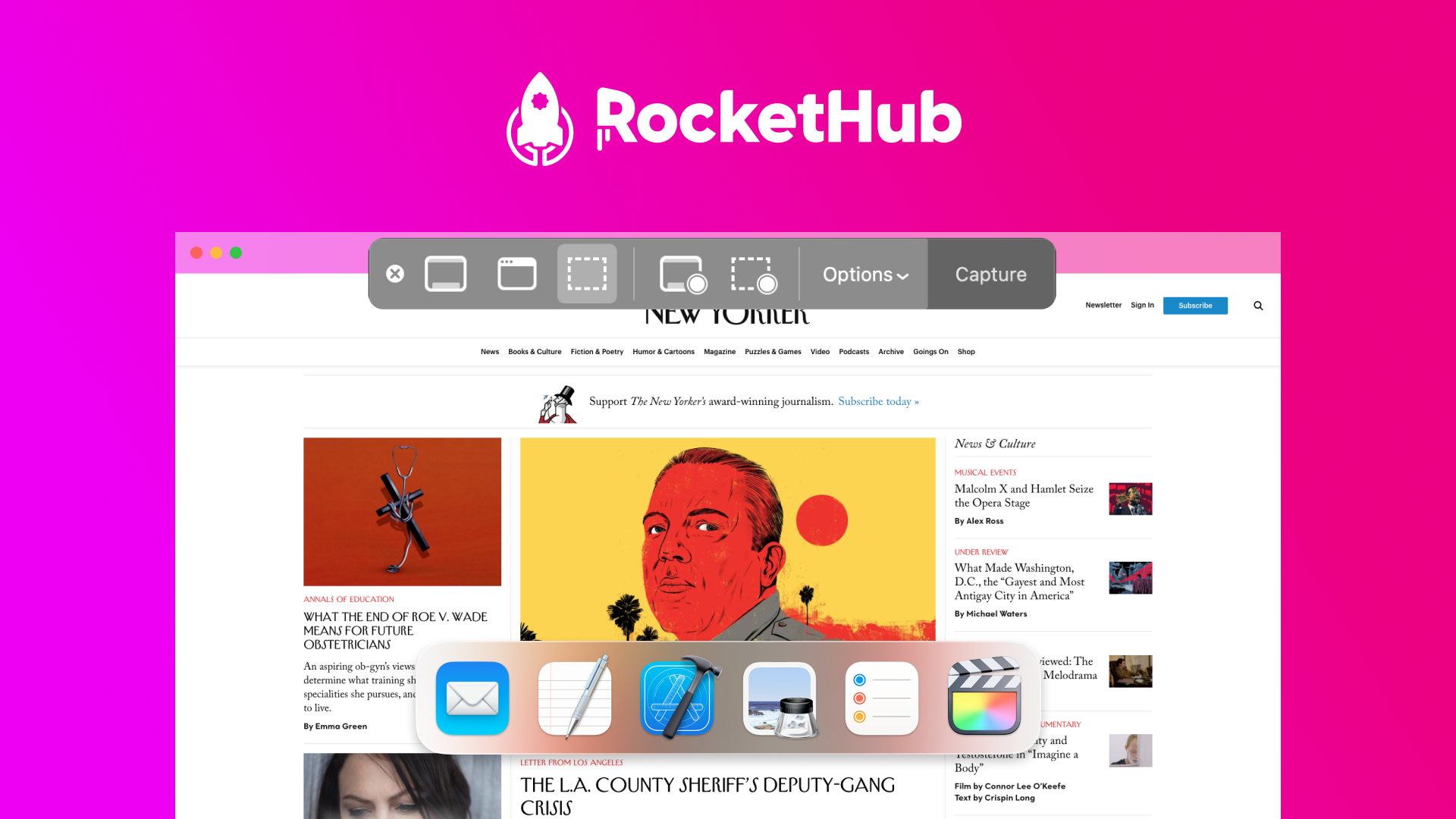
How to Do a SaaS Competitive Analysis in 2022
- Angel Alfred
- March 31, 2022

Every SaaS company out there is doing a competitive analysis. It’s an essential step to help you stand out from the crowds and get more customers. Competitive analysis should be part of every business plan, as it’s one of the stepping stones to your product’s success.
There are many reasons for a new business, especially in the SaaS industry, to prioritize a competitive analysis to avoid errors, decide on the right price, and see what you can improve with your product just to name a few. As it is such a complex yet crucial step, we will guide you next towards the right steps in doing a SaaS competitive analysis.
SaaS Competitive Analysis
So what is a competitive analysis? To put it into perspective, a SaaS competitive analysis is the research and analysis of your competitors, so that you can understand where you will position your product, who your competitors are, and what you’ll need to do to outperform them. During your competitive analysis, you’ll look at their websites, marketing strategies, product features, sales, and even customer retention strategies. You can also subscribe to their newsletters so you’ll get a better insight into their campaigns, tone of voice, and offers.
It will help you identify the best strategies to use when launching a product or new feature so you can set yourself up for success. Although a lot of companies do this at first, we suggest doing it periodically so you can stay on top of trends and always exceed expectations.
How to Do a SaaS Competitive Analysis
As we mentioned earlier, competitive analysis is due at least every year if not often, depending on how many activities and launches your company is having that year. It might seem time-consuming, but you’ll be able to pull plenty of insights and ideas out of it. And as you get ready to set up a process for doing it, we advise you to focus on these 4 main sections: website, social media, SEO, and email.
Each of these steps can be divided into smaller sections and therefore some parts of it can be delegated. You can use tools for some of the steps or do it the traditional way, in a Microsoft Word and Excel document. It doesn’t have to be anything fancy, but tools help you save time.
To sum it up, competitive analysis should look like this. One of the first things anyone should focus on is identifying the indirect or direct competition. This will help you understand who offers a similar product to yours, so you can improve. Then start digging deeper into all the information available so you can have an in-depth inquiry about the history and all the activity of your competitors.
Why Every SaaS Startup Should Conduct a Competitive Analysis
In the SaaS industry conducting a periodic SaaS competitive analysis is crucial if you want to grow and stay relevant in the industry. Things are evolving and changing every day, so as many products are entering the market you’ll want to be among the key players that succeed and grow. There are also plenty of new trends coming up every couple of months, and if you’re focused on business, operations, and development you’ll miss out on them, therefore helping your competitors get ahead of you.
Competitive analysis can also help you identify new opportunities and improvements your team might not be aware of. Luckily for you, this analysis is the greatest tool you have on your hands to gather all the feedback from reviews in one place so you can brief the entire team about what should be improved or changed. Most companies listen to their users and try to implement features that will make their experience with the product more pleasant.
5 RocketHub Keys to Researching Your Competitors Properly
Once you’ve decided to peek into your neighbor’s yard and see what they’re doing, you’ll need a proper structure to know what you’re looking for. Any competitive analysis must have a certain structure and main steps as a guideline. These are important to help you stay on track and assure a certain level of quality in the entire research. By following these 5 RocketHub keys you can be sure that your research on your competitors is properly done.
History
If you can find as much information about their history you’re already a step ahead in this process. Each company should have a certain timeline of events that you can follow and from which you can properly paint a picture of their company. Whether it’s from blog articles, videos, testimonials, or interviews. You don’t need to be Sherlock Holmes to find older information that can be used. All you need to do is take some time and make sure you use the right keywords to find what you’re looking for.
Some websites have a Search Bar, and that makes the research process more efficient. Knowing your competitor’s history is crucial in understanding their background, how they started, and most importantly, what worked and not for them. It’s like learning from their mistakes as much as possible.
Offerings
Another crucial aspect of the research process is knowing and understanding their offers and what lies behind them, the strategy of it all. Each sale campaign, the percentage of discount, and other pricing methods used by them in the past and the present are key in helping you understand what the market looks like, how much profit they’re making.
It will also help you decide on what pricing model to adopt during what stages. Researching your competitors and adapting your offers and prices accordingly will decide if your product will be successful or not because a lot of clients will choose the cheaper product, especially if the features are similar.
CAC Channels
How your competitors acquire clients is also a crucial aspect is of interest for you. Paid advertising can be costly for any SaaS business out there, so it’s important to know what you’re doing and where you’re putting your money for the best ROI. Use a spreadsheet to gather all the information from each channel and then decide which ones are most suitable for your purposes. And no, all channels are suitable is not the answer to this question. Only some of them will prove to be cost-effective and those will need to be scaled up.
GAPS
Although you might look at some of your competitors with eyes of appreciation, keep in mind that you’re doing this not to dishearten yourself with their success but to find gaps in their strategies. Since you’re looking from the outside with a critical eye, it’s easier to find gaps in their product or offer. Luckily for you, this gap can be covered by your product, which is why you’re doing this extensive research in the first place. As perfect as they seem, all companies and products have gaps, but only those who look closely can see them.
Differentiators
A big reason for doing this entire research on your competitors is because you’re all selling the same product with small differences. The user will choose your product or not because your product has something the other product lacks. These differentiators can be a price difference, warranty, a 30-day trial, 24/7 customer support, money-back guarantee, premium features, and the list goes on. Only by analyzing your competitors, you’ll be able to understand where you position your product and who your buyer persona is, so you can craft your messaging accordingly.
Understand Who You are Up Against
Let’s say you have a team management product. How many competitors are out there? By simply googling a few keywords such as “team management app” you’ll get a bunch of results. But that’s not the entire picture. As you’re launching a new product in a certain niche, you’re up against at least 20 competitors if not more. It can sound scary to know that you’re technically fighting with 20 other potentially good products.
Now just imagine how overwhelming it might be for the customer as well in choosing the best product. This is why you need to do this competitive analysis so that you can have a better offer, better messages that will convert people into users, and better features too.
Document 5 Rockethub Keys for Each Competitor
If you think about it, competitive analysis should be included in your business plan too, so you should already be acquainted with it. As you discover your competitors, be prepared to unveil your Excel skills. Use a spreadsheet to document all 5 Rockethub keys we mentioned earlier: history, offerings, gaps, CAC channels, and differentiators. It’s one of the best ways to stay organized and have a clear picture of all the keys.
Spreadsheets can be edited and shared with team members, making the entire competitive analysis process easier. They also allow you to see any changes in time and understand the strategy and big picture behind each competitor.
Deep Crawl
A step not a lot of people talk about in the competitive analysis is the deep crawl stage. This is a little more technical term, usually used by SEO specialists. This platform is used by some of the biggest players on the market. The tool will help you detect technical improvements that will help you grow and protect you from errors. It’s also useful in your competitive analysis because it allows you to “spy” on your competitors and recommend changes that will help you maintain your ranking.
You can monitor your competition’s blogs and websites to fully understand their scope and more. A deep crawl tool protects your site from revenue-sapping code errors, for you to tap into your website’s true search potential.
Peel the Onion
Now that we’ve been through a few techniques and strategies about what competitive analysis is, let’s see lays behind it all, what is the process from end to end and what you should do when you’re researching your competitors, direct or indirect ones.
All this process helps you to evaluate how your competitors work so you can learn and replicate the highs of their journey into yours. Analyzing your competition doesn’t mean that you’re scouting for ideas to copy into your business, it means that you’re aware of what is happening in your niche and what types of strategies work or not in a specific industry. Since you’re targeting pretty much the same audience, it’s safe to say that your messaging and strategy will be similar and have similar touchpoints. And if you’re just starting, it’s quite helpful to know what prices your competitors are practicing so that you can adjust yours and penetrate the market successfully.
By surfing their socials and website you’ll then be targeted by their ads and emails, therefore you’ll be able to have a more detailed picture of their marketing strategy, messaging, and even offers or plans. You can even be bold and pick up the phone or email the customer support team to see how they handle fictional questions and what you can learn from that. Remember that this entire research is to help you learn and develop a better product.
As you’ll gain a little more experience and begin scaling, others will look at you and analyze what you did to get there just as you did. It’s a big loop in which everyone is analyzing everyone to gain precious insights and market share quickly.
Conduct a SWOT Analysis for Each Competitor
Another great technique you should implement in your competitive analysis is a SWOT analysis for each competitor. It might seem a little daunting at first to think that you’ll have to do so many things for each competitor, but remember that “information is power”. If you don’t know what a SWOT analysis is then here is a short definition. A SWOT analysis is a strategic plan that gives you information about a company’s Strengths, Weaknesses, Opportunities, and Threats. You can do this in a Word or Excel document easily.
Decide Where You Fit It
After you’ve gathered all the information you need from all your competitors, start analyzing it and see what you can take from the data. A major aspect you’ll want to get from it is your positioning. It will help you decide where you fit in and from there, you can work on your marketing and sales strategies. Whether you’re ahead of all your competitors or at the bottom, it’s important to know the hierarchy so you can grow from there.
Pick One or Two Marketing Channels to Master
Any marketing manager will advise you to pick and choose a few marketing channels where you’re going to spend your time and money and master them. Since your product is niched to a certain audience, that audience will be predominantly active on one or a few platforms. If you’re going to spend your energy on creating content and lead generation on all platforms you’ll have no time to see what works and what doesn’t. Try a few of them at first and then focus on just one or two. Once you’re the authority there, nothing can stop your growth.
Execute, Measure, Improve, Repeat
Another great piece of advice is to pay attention to what works and then replicate it. A lot of success stories are based on a simple concept “execute, measure, improve, repeat”. It’s simple. Once you’ve got it going on, it’s a recipe for success guaranteed. Keep in mind that you’ll need to perfect your strategy and pay attention to your actions, so you don’t repeat useless things that will prevent you from advancing and reaching your goals.
Conclusion
The competitive landscape gives you a good picture of where you’re at and where you’re heading, especially since so many SaaS companies are active in such a similar zone. Now that you’ve seen what competitive analysis is and why it’s so crucial for any SaaS company to do it periodically, you’ll know exactly what to change or improve.
It’s highly important to know what are the opportunities that will help you grow and differentiate yourself from others in a world where so many new companies arise every day. So get your digital pen and paper and start researching, you have all the tools at your fingertips!
Share This Post
Angel Alfred
Angel is a digital marketer, a mental health speaker, and above all, a writer. She loves being a part of the RocketHub team and is keen on learning and taking over new challenges every day!
Table of Contents
Get The Latest Updates
Subscribe To Our Weekly Newsletter
Sign up below to be one of the first crew members onboard and get early access to amazing deals.
Recent Posts


Social Media
Categories
Related Posts

Lifetime Deal Platforms
The best lifetime deal platforms for software. Platforms lik RocketHub scour the web for the highest quality products to bring buyers the best lifetime deals on their platform.

How to Work for Yourself + 13 Solo Business Ideas
Do you ever wonder if being your own boss could truly set you free? In this article, we’ll explore the theory that unleashing entrepreneurial freedom

7 Reasons Why Every SaaS Team Needs Interactive Demos
Making a Case for Interactive Demos: 7 Reasons Why Every SaaS Team Needs Them Let me paint a scenario for you. You want to buy


